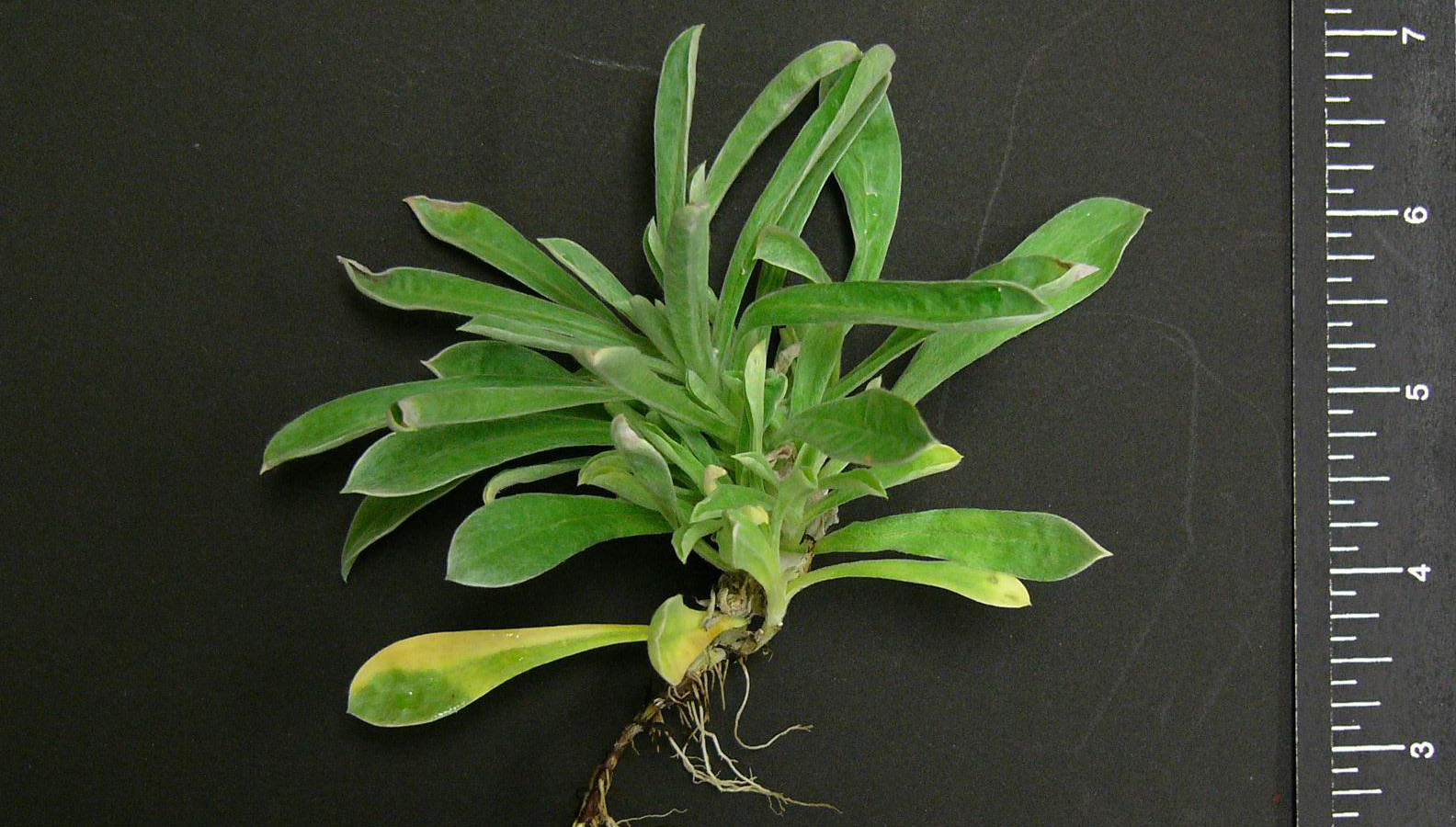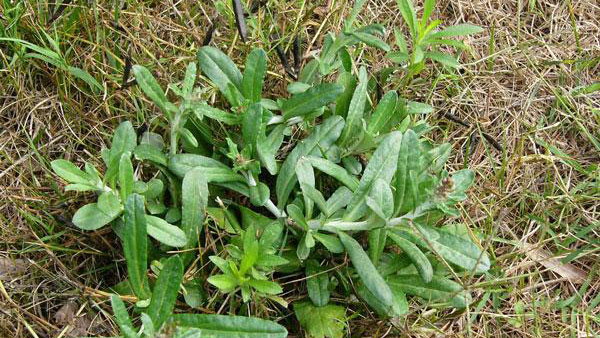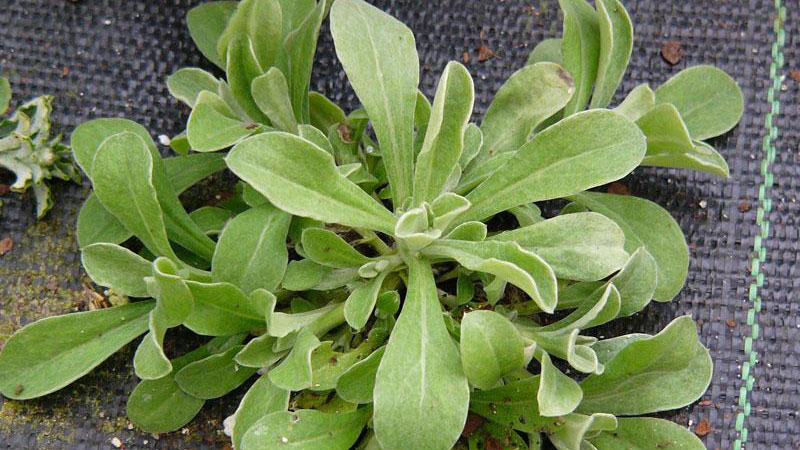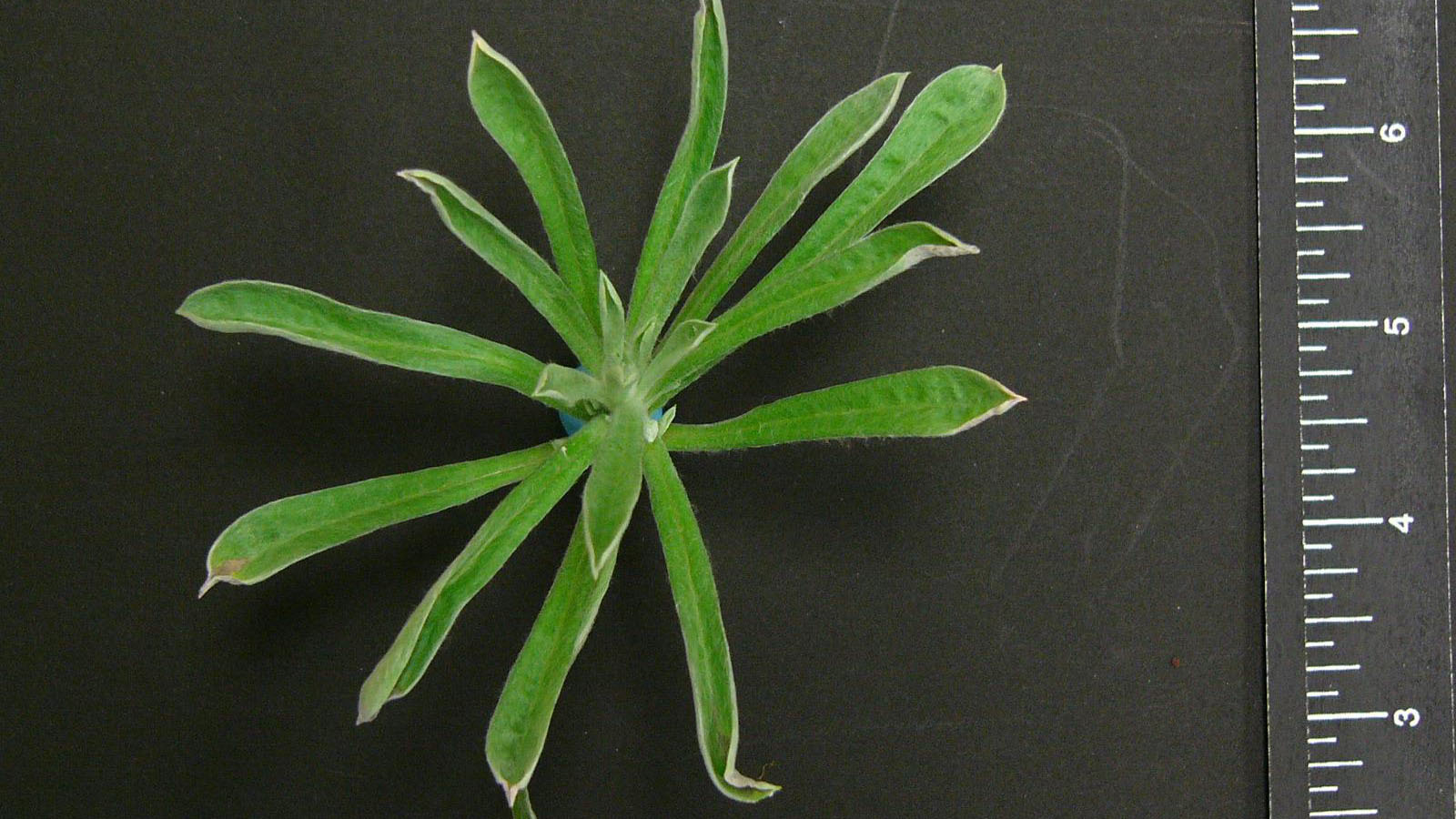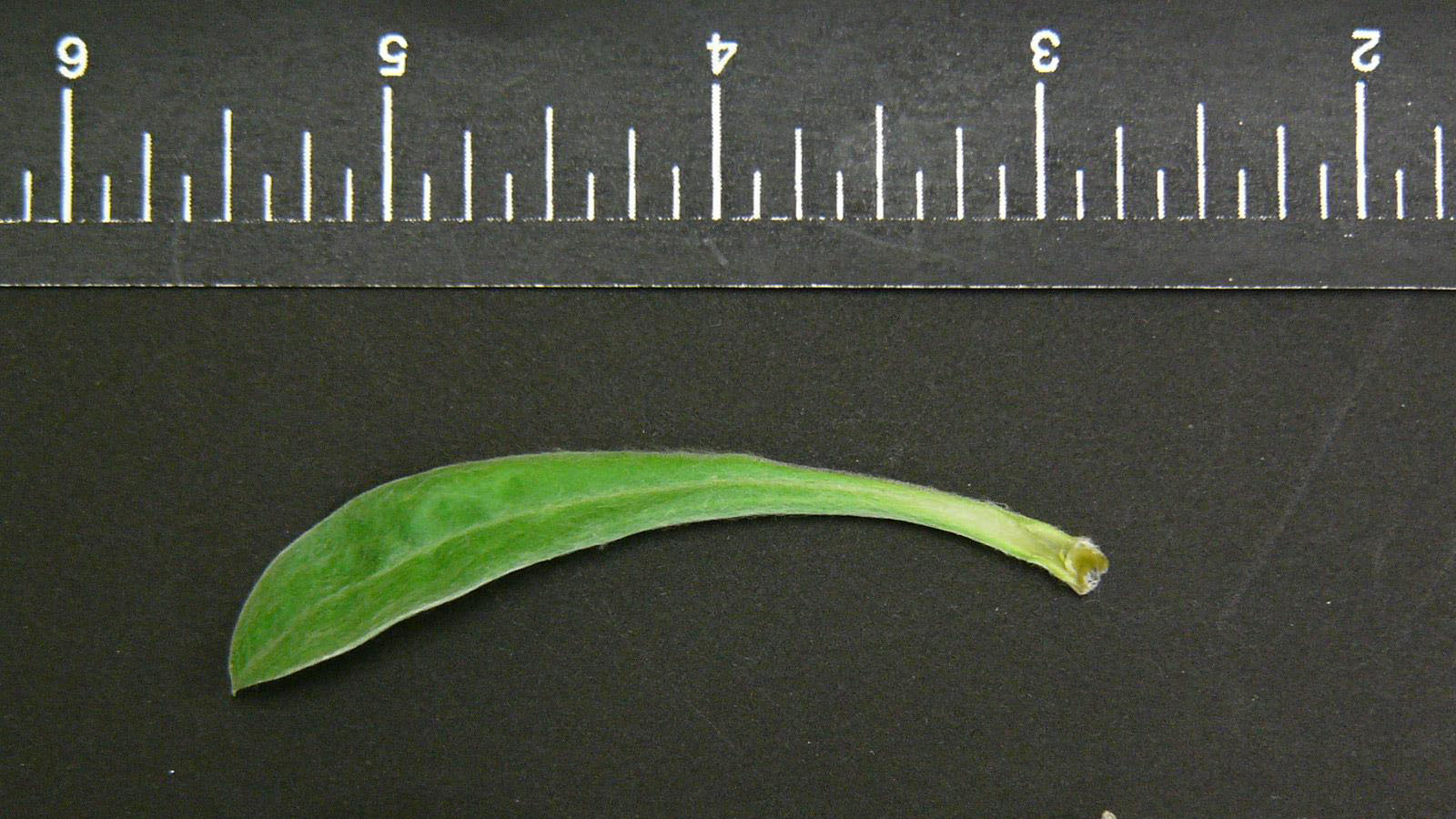Description
The cudweeds (Gnaphalium) are comprised of many different species that are similar in growth habits and control measures. In general, the cudweeds have basal rosettes and the leaves and seedheads are covered in distinct fine, white "wooly" fibers. Some cudweeds only have this hair on the undersides of the leaves, and other cudweeds have this hair on all surfaces. Cudweeds overwinter as small basal rosettes, but in the spring usually grow an upright stem.
Cultural Control
Proper turf management is important for biennial broadleaf weed control. Maintain a dense, actively growing turf through proper mowing, fertilizing, and watering practices. Mow at the proper height for your selected adapted turfgrass. Coring and traffic control reduce compaction and encourage desirable turfgrass competition. It is best to control this biennial broadleaf weed in spring or fall, if actively growing at these times.
Species Data
- GROWTH SEASON / LIFE CYCLE
- summer annual or winter annual or biennial weed
- GROWTH HABIT
- LEAFLET NUMBER
- one
Figure 5
- one
- LEAF MARGIN
- smooth
- LEAF HAIRS
- upper / lower surface
- LEAF / LEAFLET SHAPE
- oval / egg-shaped / elliptical
Figure 6
- oval / egg-shaped / elliptical
- LEAF WIDTH
- 1⁄2 - 2 inches
Figure 7
- 1⁄2 - 2 inches
- LEAF VENATION
- pinnate; leaf venation is hard to see, but leaves usually look like they have been folded or creased
- LEAF ARRANGEMENT
- whorled or basal rosette
- ROOT TYPE
- taproot
- FLOWER COLOR
- flower is tanish white, and produces a white fiber
Publication date: Nov. 16, 2017
Recommendations for the use of agricultural chemicals are included in this publication as a convenience to the reader. The use of brand names and any mention or listing of commercial products or services in this publication does not imply endorsement by NC State University or N.C. A&T State University nor discrimination against similar products or services not mentioned. Individuals who use agricultural chemicals are responsible for ensuring that the intended use complies with current regulations and conforms to the product label. Be sure to obtain current information about usage regulations and examine a current product label before applying any chemical. For assistance, contact your local N.C. Cooperative Extension county center.
N.C. Cooperative Extension prohibits discrimination and harassment regardless of age, color, disability, family and marital status, gender identity, national origin, political beliefs, race, religion, sex (including pregnancy), sexual orientation and veteran status.

